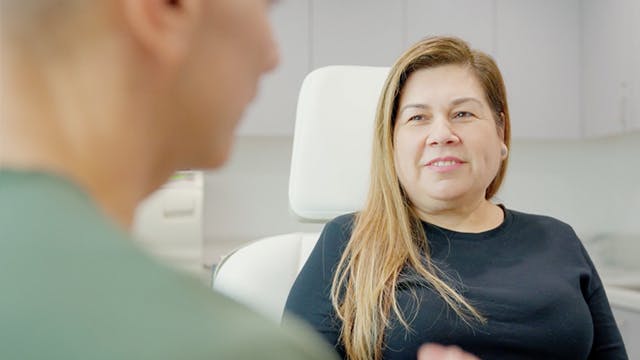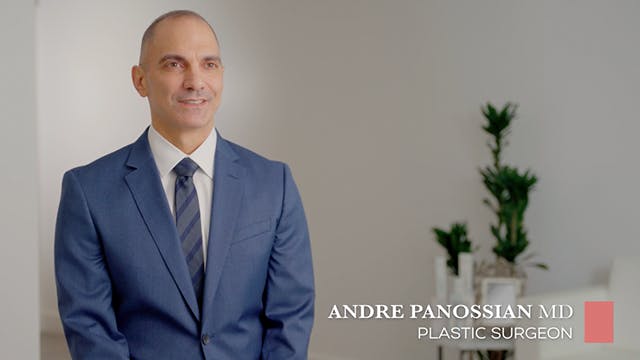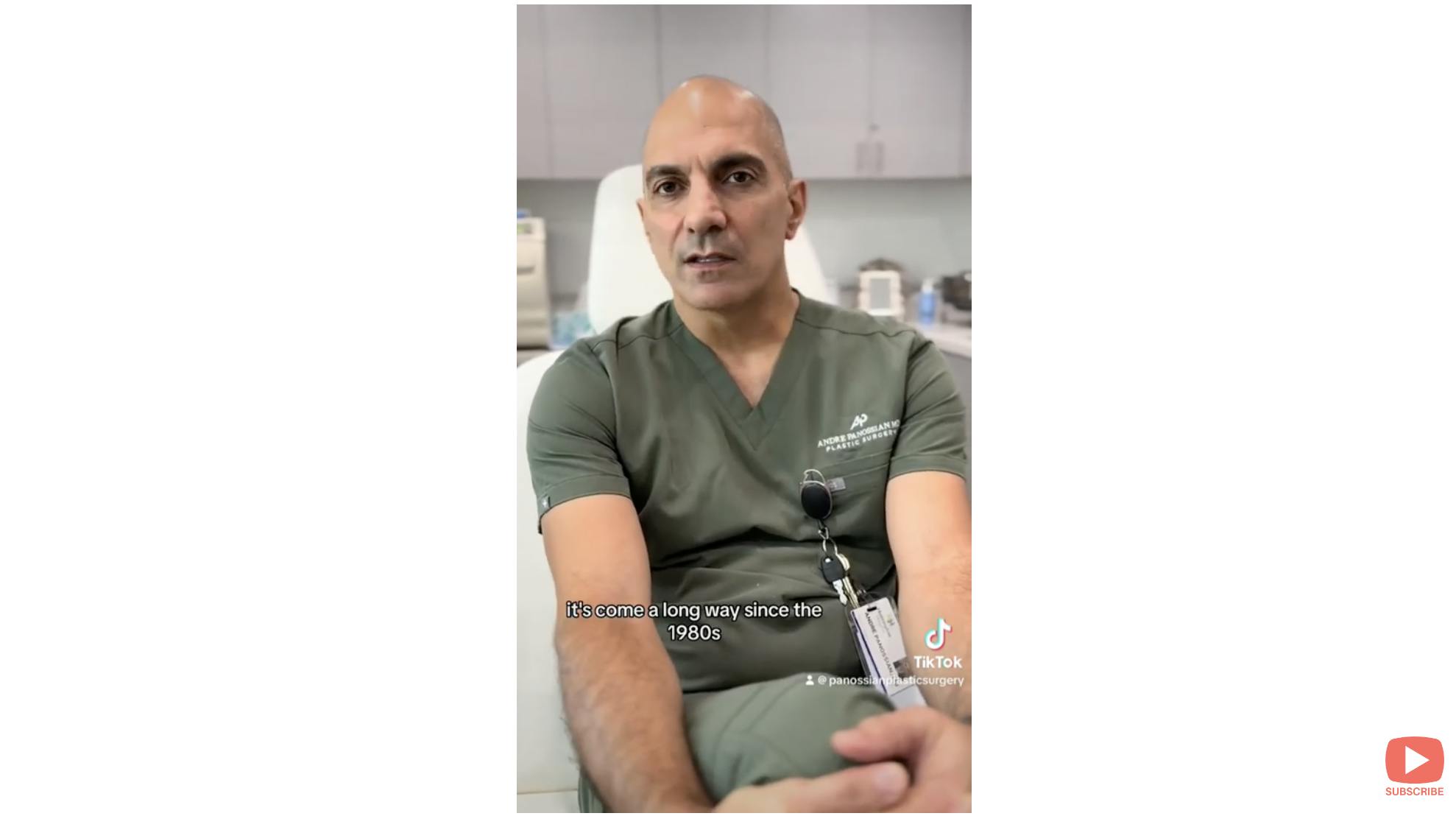Regain confidence with tuberous breast correction, designed to enhance your natural beauty and restore balance to your silhouette.
What Is a Deep Plane Facelift?
A deep plane facelift is an advanced surgical procedure designed to address significant signs of aging in the face and neck. Unlike traditional facelift techniques that primarily target the skin and superficial layers of tissue, the deep plane facelift involves repositioning and lifting the deeper layers of the face, including the muscles and connective tissue. The procedure can achieve more comprehensive rejuvenation by accessing these deeper structures, resulting in smoother contours, improved definition along the jawline and neck, and a more youthful appearance overall. Dr. Panossian specializes in this technique, offering patients a tailored approach to facial rejuvenation with long-lasting and natural-looking results.















